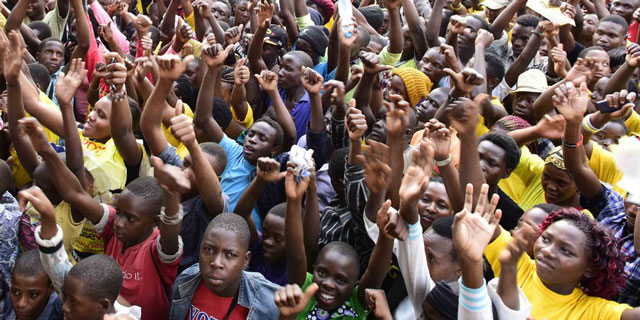
Uganda’s total population as of May 2024 stood at 45,905,417, reflecting an average annual growth rate of 2.9% since 2014.
Kampala, Uganda | JULIUS BUSINGE | The Uganda Bureau of Statistics (UBOS) has released the final results of the National Population and Housing Census 2024, offering a detailed snapshot of Uganda’s demographic and socio-economic landscape.
Released on 31st December, UBOS in a statement said the report serves as a crucial tool for planning and decision-making across all levels of government. The census, conducted following international best practices, covered all households and individuals nationwide, UBOS said.
The census objectives included determining the population’s size, structure, and distribution, assessing housing conditions and access to services, monitoring socio-economic changes since the previous census, and strengthening statistical infrastructure for future data collection.
The findings, UBOS said, provide critical insights for evidence-based planning, equitable resource allocation, program design, and progress monitoring toward Uganda’s Vision 2040 and other development frameworks.
Uganda’s total population as of May 2024 stood at 45,905,417, reflecting an average annual growth rate of 2.9% since 2014. The report highlights a youthful population, with half of the population under the age of 18, while only 5% are aged 60 and above.

In terms of housing and living conditions, 81.1% of households have access to improved water sources, 53.4% have access to electricity, 25.3% are connected to the national grid, and 28.1% rely on solar power.
Literacy levels show progress, with 74% of individuals aged 10 and above able to read and write meaningfully in any language. However, challenges remain in well-being and mental health, with 33.1% of households engaged in subsistence economies and 12% of individuals aged 10 and above experiencing probable psychological distress.
The final census report from UJBOS also sheds light on Uganda’s labor force, which includes 25,494,490 individuals aged 15 and above, representing 57.4% of the population. The unemployment rate stands at 12.3%, while 42.6% of youth aged 15-24 years are not in employment, education, or training, accounting for 4,001,528 individuals.
These statistics underscore the pressing need for targeted education, health, employment, and social services interventions to harness Uganda’s youthful potential and address socio-economic disparities, experts say.
According to UBOS officials, the comprehensive data from the 2024 census will serve as a foundation for policies aimed at improving the quality of life for all Ugandans
 The Independent Uganda: You get the Truth we Pay the Price
The Independent Uganda: You get the Truth we Pay the Price



